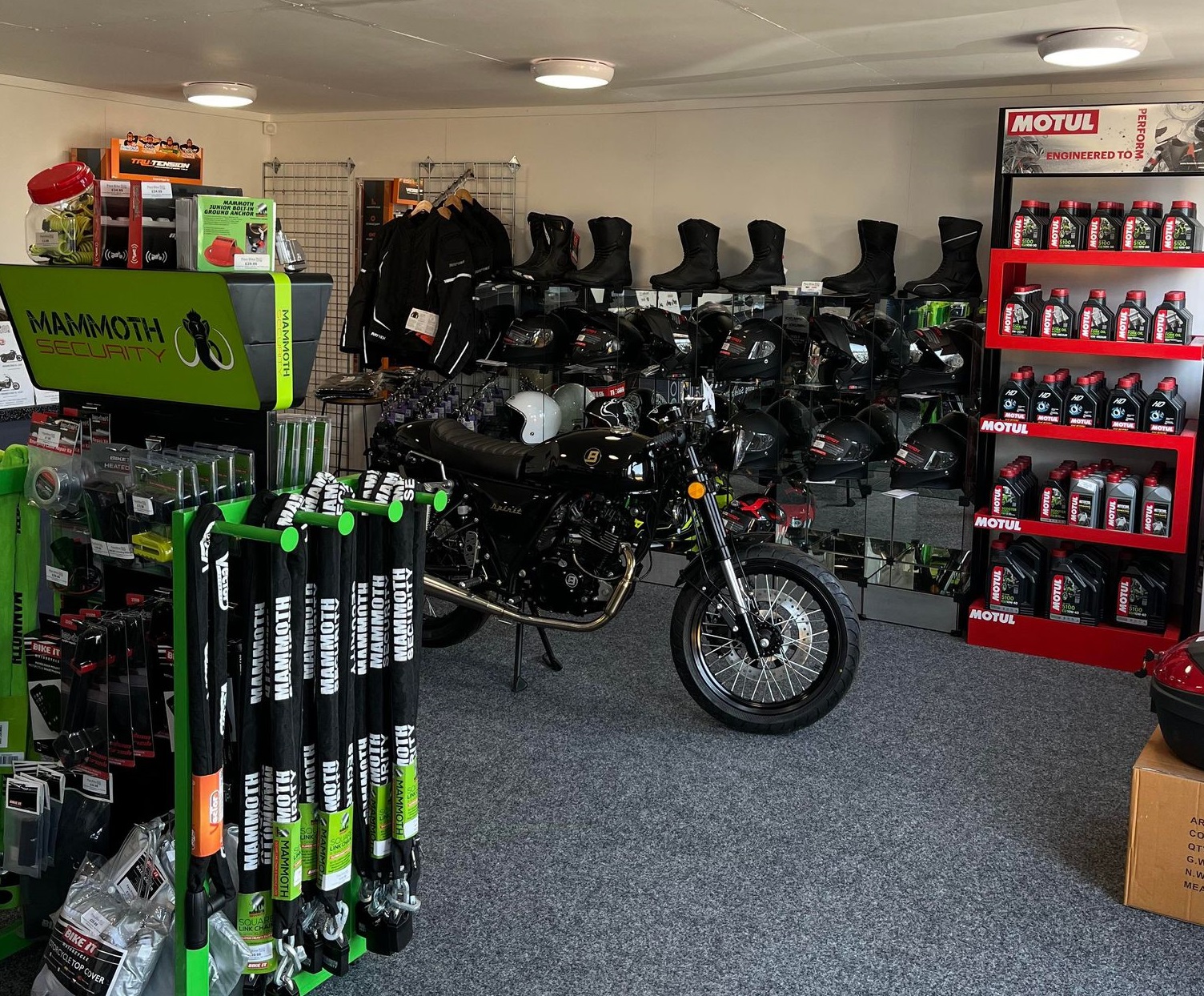Understanding Motorbike Gears: Just How to Optimize Your Riding Experience
In the world of motorcycling, understanding the art of gear adjustment is essential for boosting your riding performance. Properly utilizing and understanding bike equipments can substantially influence control, velocity, and fuel performance, transforming a typical trip right into a seamless, electrifying journey.
Recognizing Gear Mechanics
At the core of bike dynamics, gear mechanics play a pivotal duty in converting engine power right into motion, inevitably dictating rate and control. The gear ratios, thoroughly created, identify the relationship between engine revolutions and wheel turns, affecting velocity and gas effectiveness.
Understanding gear mechanics begins with acknowledging the value of the gearbox, which houses several gears of varying sizes. These gears communicate via a process recognized as meshing, where teeth of different equipments involve to send power.
Moreover, the idea of equipment shifting is indispensable to taking full advantage of performance. Prompt and smooth changes make sure that the engine operates within its ideal power band, protecting against unneeded strain and boosting long life (motocross gear nz). By understanding these mechanical complexities, motorcyclists can attain a harmonious blend of control, effectiveness, and power, elevating their riding experience
Timing Your Changes
Shift timing mastery is essential for maximizing motorcycle performance and boosting the riding experience. Effectively timed changes guarantee that the engine operates within its optimum power band, which is vital for maintaining control, attaining smooth acceleration, and making sure the long life of the motorcycle. Cyclists should establish an instinctive sense of when to move equipments, which entails recognizing the partnership in between engine transformations per min (RPM) and rate.
To understand change timing, pay very close attention to the engine's noise and really feel, as these offer essential clues regarding when to alter equipments. The excellent change point commonly takes place when the engine approaches the upper variety of its power band without reaching the redline. Changing prematurely can lead to a lack of power, while moving far too late might create unneeded engine stress
Furthermore, road conditions and riding design impact shift timing. In contrast, during highway riding, less changes at greater rates can be a lot more suitable.
Enhancing Gas Performance
While mastering bike equipments is important for performance, boosting fuel efficiency is similarly important for both economic and ecological factors. Optimal fuel consumption not only reduces operational expenses however additionally lessens the eco-friendly impact of riding. To achieve this, one need to comprehend the detailed relationship between equipment selection and engine efficiency.
First of all, picking the ideal gear at appropriate speeds can dramatically affect gas intake. Riding in a greater gear at lower rates can bring about engine lugging, which is detrimental to both fuel economy and engine health and wellness. Conversely, riding in lower equipments at broadband leads to unnecessary fuel usage. Thus, keeping an optimal balance by shifting equipments in alignment with roadway problems and prepared for maneuvers is vital.
Additionally, normal upkeep plays a pivotal function in fuel effectiveness. Guaranteeing that the bike is well-tuned, with clean air filters and properly blew up tires, can boost aerodynamics and minimize gas wastefulness. Adopting a riding design that accepts steady acceleration and smooth deceleration can contribute to better gas economic climate.

Strategies for Smooth Transitions
Achieving smooth gear changes is essential to boosting the riding experience and ensuring the durability of a motorcycle's transmission system. Correct gear changing not just contributes to a smooth adventure however likewise lessens deterioration on the mechanical elements. To master the art of smooth transitions, motorcyclists must concentrate on a few key strategies.

Secondly, clutch control plays an essential duty. Engaging and disengaging the clutch efficiently requires technique. The clutch lever ought to be launched progressively, enabling motorcycle parts shop a smooth transfer of power from the engine to the wheels without triggering a jolt or sudden movement.

Adapting to Road Conditions
Navigating varied roadway conditions is a crucial ability for any motorcyclist intending to keep control and safety. Whether you're riding on damp surfaces, gravel roadways, or browsing sharp turns, your capability to adapt your gear usage and riding method is extremely important. Recognizing just how to adjust your gears properly can significantly affect grip and security, making sure a much safer trip.
On damp roads, it is advisable to maintain greater equipments to decrease torque and decrease wheel spin. This method aids maintain hold on unsafe surfaces, allowing for smoother acceleration and deceleration. On the other hand, when riding on gravel or uneven terrain, reduced equipments are preferable. Reduced equipments supply better control and enable you to react more promptly to unforeseen gel seat for motorcycle adjustments in the road surface area.
Sharp curves demand specific gear monitoring to balance rate and control. Downshifting prior to going into a contour can click this link help maintain energy while making certain the motorcycle stays secure throughout the turn. Regular technique in different conditions improves your capacity to forecast and react to modifications in roadway appearance and slope.
Conclusion
Understanding motorbike equipments considerably improves the riding experience by improving acceleration, gas, and control effectiveness. Adapting equipment choice to various road problems, such as making use of higher equipments on wet surface areas and lower gears on crushed rock, more boosts handling and safety and security.
Understanding equipment technicians begins with acknowledging the value of the gearbox, which houses multiple gears of differing dimensions. These equipments communicate via a process recognized as meshing, where teeth of different equipments engage to send power (motorcycle shop). Mild adjustments to the throttle during equipment shifts can protect against jerky activities and keep a consistent riding rate
Whether you're riding on wet surface areas, gravel roads, or navigating sharp turns, your ability to adapt your equipment usage and riding method is paramount. Adapting gear choice to different road problems, such as using higher equipments on damp surfaces and lower equipments on crushed rock, further enhances handling and safety and security.